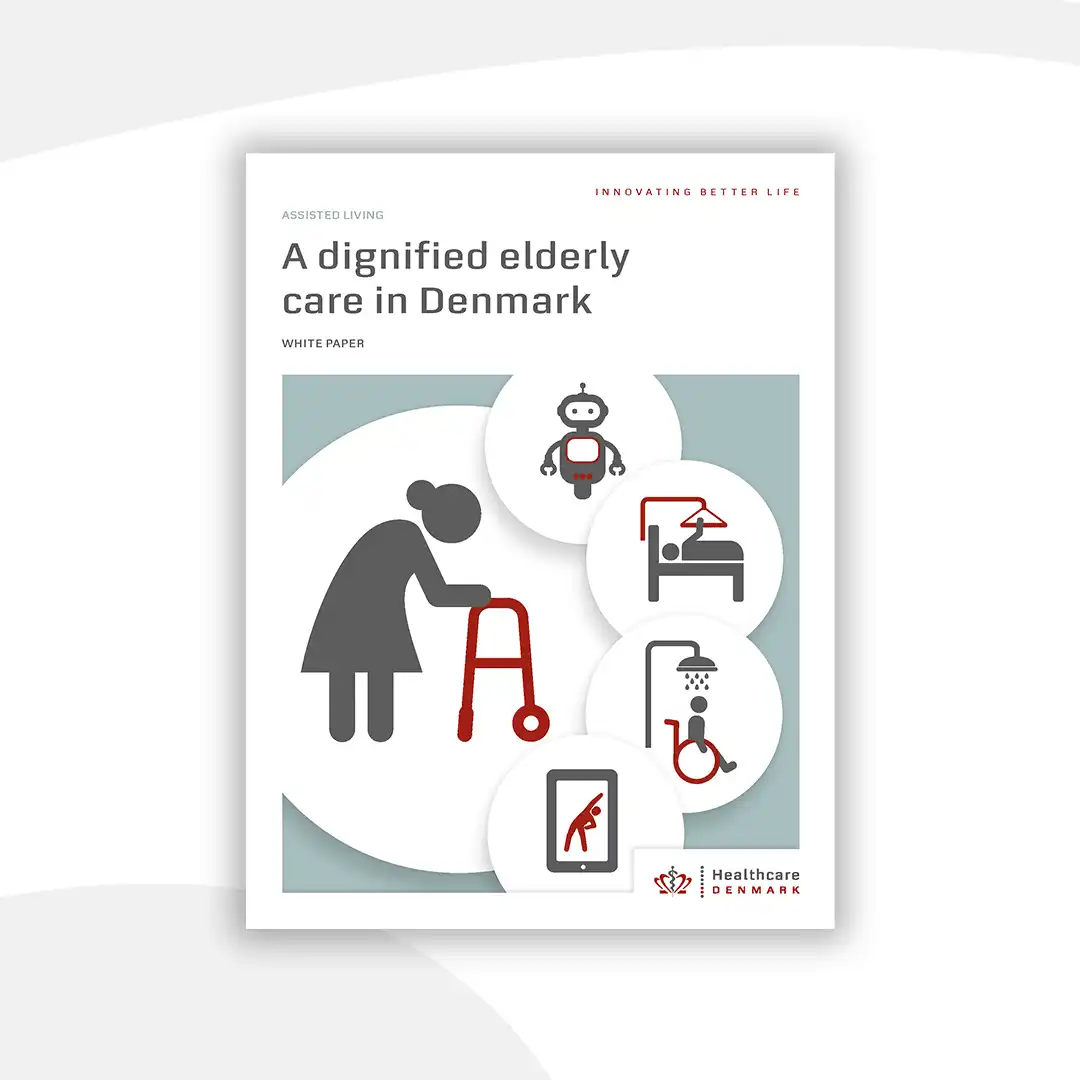Elderly Care
In Denmark, we aim at creating a dignified elderly care by having a citizen-centred approach and targeted efforts focusing on involving and empowering every citizen considering their individual needs and preferences. The goal is for the elderly citizens to maintain their independence, stay in control of their own life, improve their quality of life, and stay healthy in their own home for as long as possible.
The goal is achieved through prevention and reablement programmes provided by local authorities as well as adequate home care services and nursing facilities free of charge for all citizens in need. Social services for elderly citizens are provided and delivered by the 98 municipalities that are fully responsible for public governance, provision, delivery, and financing of elderly care in Denmark.
A fundamental principle of Danish home care services is self-reliance. Home care services are targeted at elderly people who live at home but are unable to manage everyday life on their own. The municipality assesses the individual need for help and provides these services free of charge. Home care includes two categories: practical help (e.g., cleaning and laundering) and personal care (e.g., bathing and shaving). The principle of free choice is fundamental to Danish elderly care, and the municipality must provide a choice between a least two different service providers of home care (and the municipality can be one of the providers of care. This is always the case in Denmark).
All citizens are also entitled to home nursing free of charge when prescribed by a general practitioner or based on an assessment of an individual need. The municipalities are responsible for initiating preventive measures to help people manage their own lives for as long as possible. This includes community based social activities, physical training facilities, organisation of volunteer services and other preventive efforts such as preventive home visits to elderly people. Preventive home visits are offered to vulnerable and socially exposed elderly people with the aim to identify the need for individual assistance and discuss the wellbeing and current life situation of the elderly person. But the municipalities are required to offer preventive home visits to all elderly citizens aged 82 years or older.
When elderly people no longer have full physical or mental functionality and need special and extensive care, the municipality evaluates if the citizen should be offered to move into a care home. Residents in care homes pay individually for their residential facilities, food, and private expenses whereas nursing and healthcare services are free of charge.
Strongholds within Elderly care
New assisted living technology plays an important role in Denmark’s elderly care.
In Denmark, the municipalities offer a comprehensive rehabilitation program for all citizens in need.

Denmark – a dementia friendly society
The number of people with dementia is dramatically increasing world-wide and this challenges the capacity and budgets of healthcare services. People with dementia are facing a life strained by the progressive symptoms of dementia, and their increasing need for support and care also has extensive impact on the lives of relatives and family caregivers. Therefore, there is a great need to develop and apply innovative, flexible and efficient solutions to support and care for people with dementia as well as those who take care of them.

A dignified elderly care in Denmark
Like many other countries, Denmark is facing the demographic challenge of a fast-growing ageing population, which puts a severe strain on both the human and the financial resources required to maintain a high quality of elderly care. Implementation of assisted living technologies in both private homes and nursing homes play a key role in meeting this challenge in collaboration with citizens, enabling solutions that are sustainable, viable, and do not compromise the quality of care.